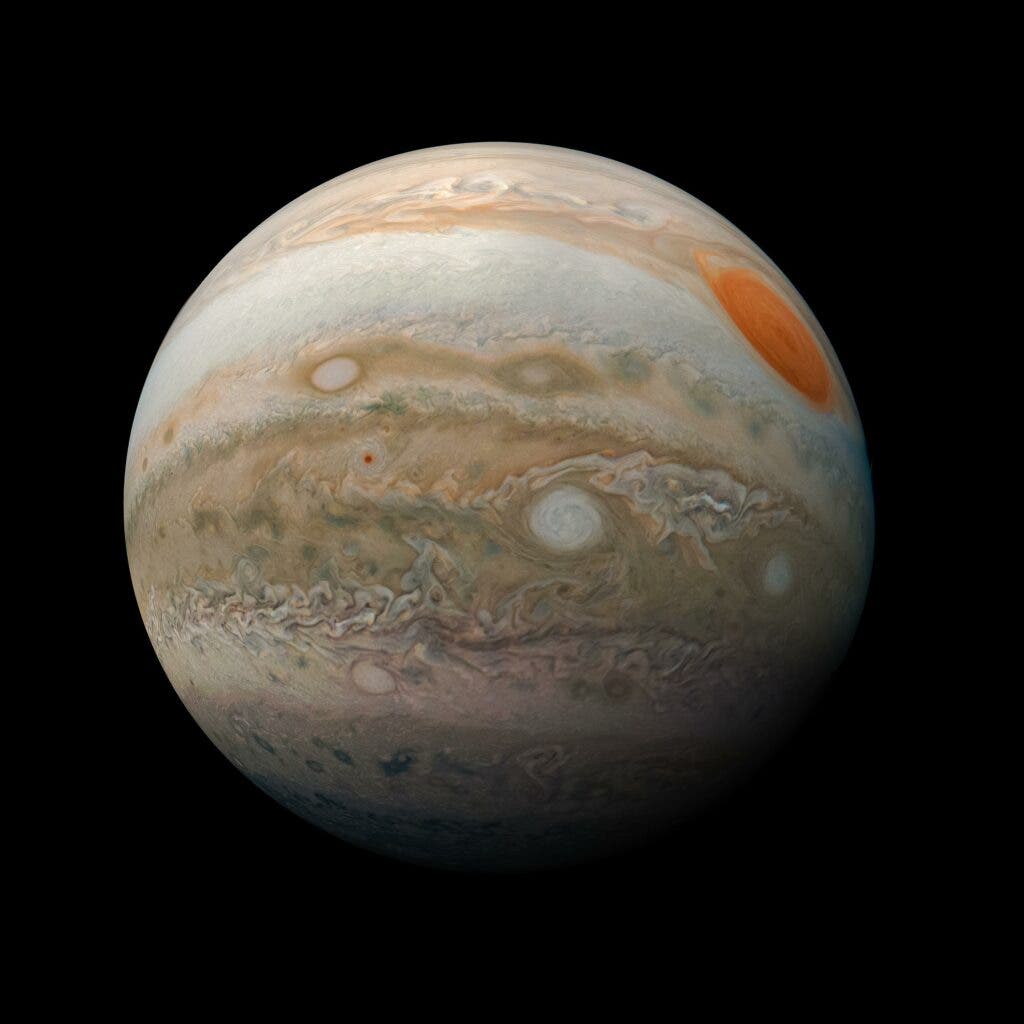The largest planet in our Solar System will be shining bright tonight and in the early hours of Tuesday morning.

Image via Wikimedia.
According to NASA, the orange giant will be in ‘opposition’ to Earth — at its closest point to our home in its orbit. Its size and proximity should make it very easy to spot during this time, with only the Moon and Venus likely to out-do it in terms of shine.
The best time to spot it should be between midnight and 2 in the morning. Light-drenched environments such as big cities aren’t going to be the best viewing spots (although Jupiter, which will outshine stars, should still be visible from here).
Your local weather conditions will obviously also impact visibility. Most of the US is forecasted to see clear night skies on Monday. The forecast for Europe is a bit more uncertain, with central and Eastern Europe likely to see rain.
“When a planet is at opposition, it is the best time to look for it in the night sky. This is the point in its orbit when it’s closest to the Earth, making it appear brighter than other times of the year,” AccuWeather explains.
The term ‘opposition’ refers to two celestial bodies being on opposite sides of a third one, usually the star they orbit (in this case, the Sun).
If you like star (planet?) gazing, this isn’t the only treat you’re getting this month. Jupiter, the yellow slightly-smaller giant behind Jupiter, will also reach opposition on July 20. Comet Neowise, discovered in late March, will be putting on “Earth’s greatest cometary show in 13 years”. It will become visible starting with 12-13 July and be most visible on the 23rd, according to Forbes.
Neowise is brighter than Halley’s Comet was in 1986 at the moment, and will only get brighter as it nears the Sun.
So make sure to keep your eyes on the skies this month, and not miss the show that nature is putting on.


